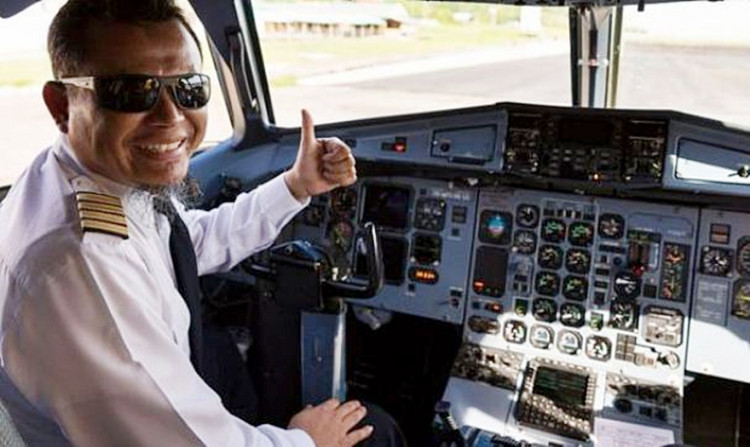Asia-Pacific airlines are going to need more than 500,000 pilots and cabin crew by 2037 and more than half this total is being sought by China. Then there's also the urgent need for ground crew and technicians.
The ongoing shortage of trained flight personnel, which is far worse in Asia than it is in Europe and the United States, is worsening and will get worse. The hope is that the governments in India, China, and Southeast Asia will partner with private airlines to help alleviate this critical bottleneck. Analysts warn the shortage of pilots risks the future growth of Asia's burgeoning aviation industry.
The Boeing Company forecasts the Asia Pacific will need the largest number of pilots, technicians and cabin crew until the decade of the 2040s. This need will be immense: in excess of 240,000 pilots and 317,000 cabin crew by 2037. Of these totals, China will need 128,500 pilots; Southeast Asia must have 48,500 while South Asia will have to find a way to get 42,750 pilots.
The reason: the Asia-Pacific's population and economic growth numbers are expected to rise non-stop. These factors, plus an increase in wealth, are expected spur a need for more air travel more often.
These pilots and cabin crews will man the massive fleets of new aircraft now in the works. Apart from needing the most number of aircrews, the Asia Pacific also leads global demand for new airplanes. Boeing projects that more than 40 percent, or four in 10, of all new passenger planes, will be delivered to airlines in the Asia Pacific over the coming decades.
Boeing's estimates place pressure on the global airline industry already struggling with pilot shortages and training bottlenecks. There also remains the unmet need for competent ground crews to maintain the massive numbers of aircraft that will fill Asia-Pacific skies two decades from now.
The pilot shortage is being exacerbated by the continuing retirement of older pilots. Added to this loss among commercial airlines is the rising demand for pilots and cabin crew from business aviation services private luxury jets and helicopter companies.
Boeing on its own is trying to bite into this shortage with an accelerated pilot development program, but their pipeline won't be enough to meet robust industry demand.
The strong demand for pilots in the Asia-Pacific region continues, and Boeing expects this will continue for the next several years, said Keith Cooper, vice president of Training and Professional Services for Boeing Global Services.
In 2016, Boeing forecast the aviation industry worldwide will require 679,000 new pilots until 2035. Between 2016 and 2035, there will be a need for more than 500,000 new pilots.






